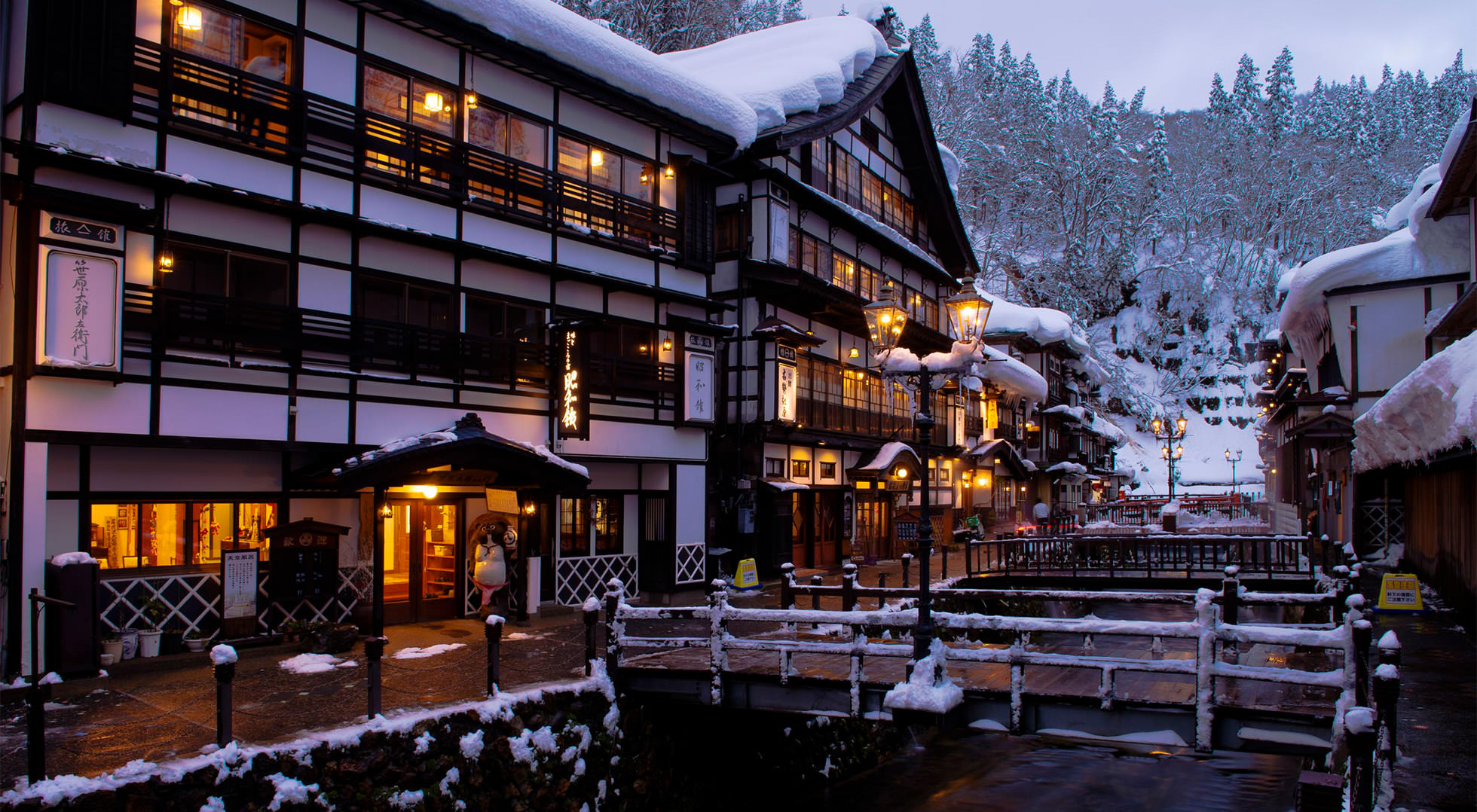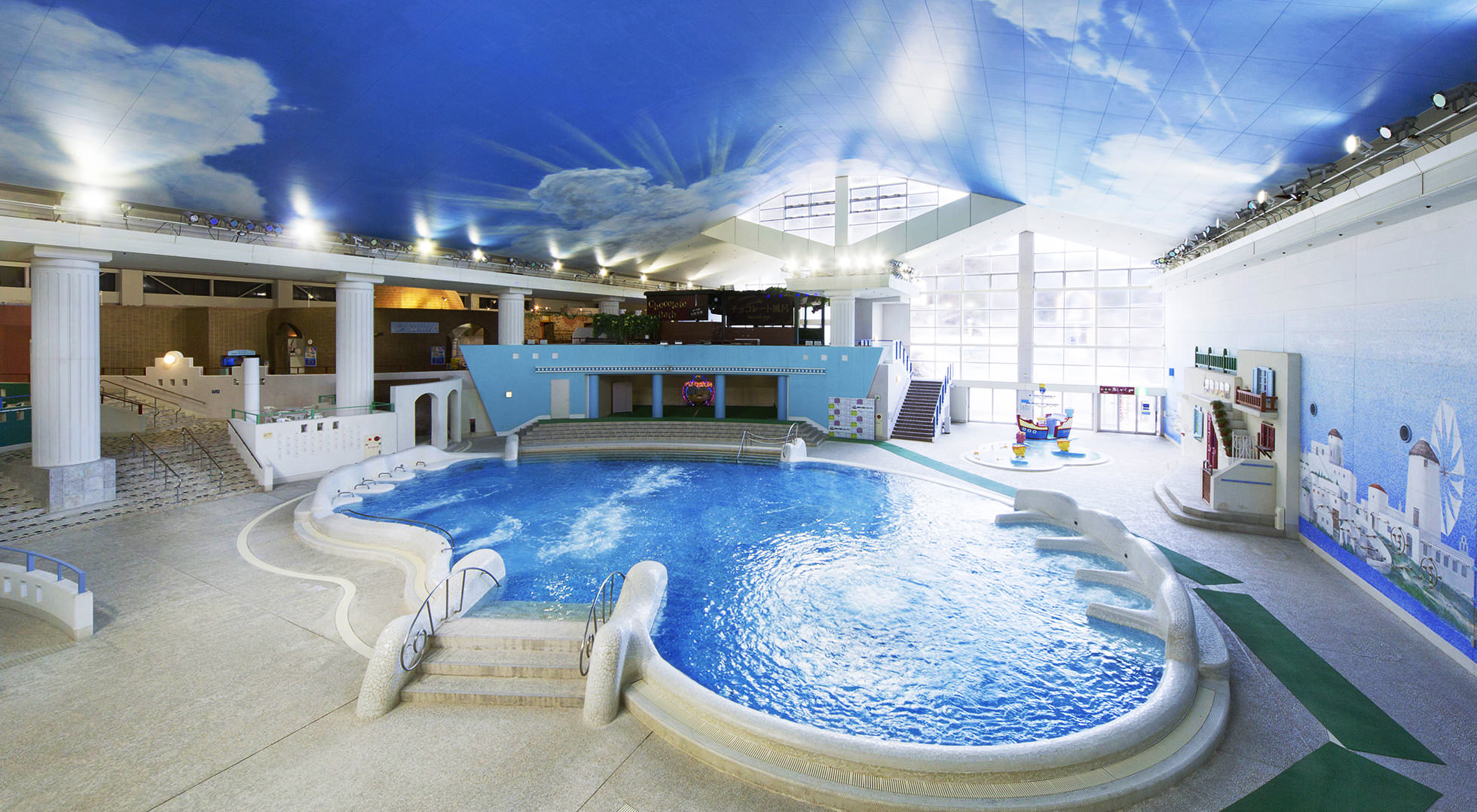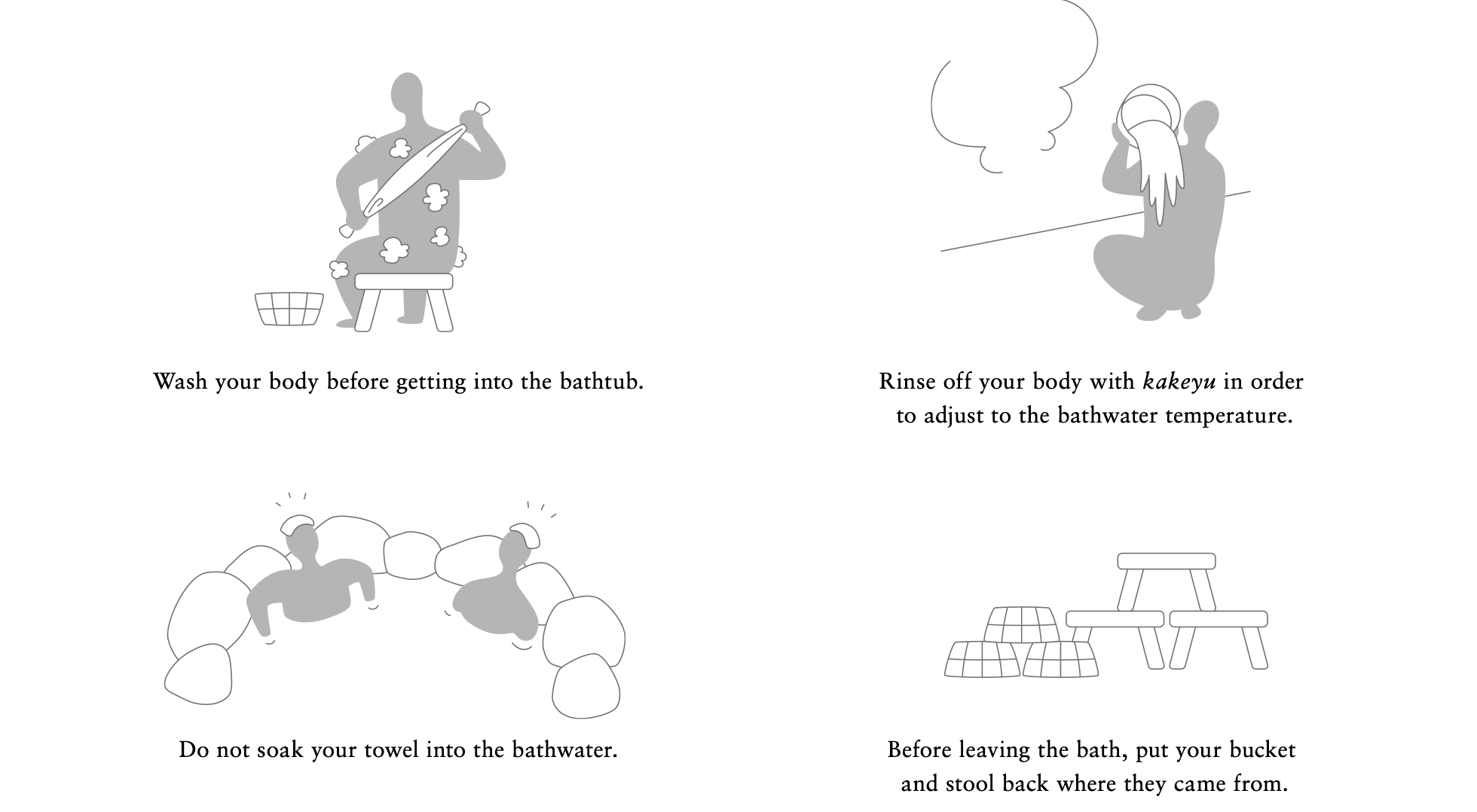Japan is an archipelago, located on a volcanic belt, that boasts roughly 20,000 hot spring facilities all over the country. Since ancient times, the Japanese have enjoyed bathing in hot water: it is an integral part of their culture. There are quite a few myths and legends linked to the onsen or hot spring.
The practice of bathing in hot springs became popular for healing and relaxation in the Edo period (1615-1867). Farmers flocked to onsens during the off-season and used them as a therapeutic spa to cure their aches and pains from exhaustive labor. Today, cultural experiences deriving from onsens have become increasingly sophisticated. They now constitute one of the key tourist destinations in Japan, offering a pleasurable place for people to enjoy their beautiful nature, hospitality, traditional architecture and local cuisine. Across the country, numerous onsen ryokan or Japanese-style inns, and hotels are available, provided with their own hot spring baths. They strive to include appealing features, such as scenic beauty and relaxing ambiance, in open-air hot-spring baths known as rotenburo, and larger hot spring baths inside the buildings known as daiyokujo. Bathing at onsens is well mannered, and foreign visitors are often familiar with how to take a hot spring bath.
































